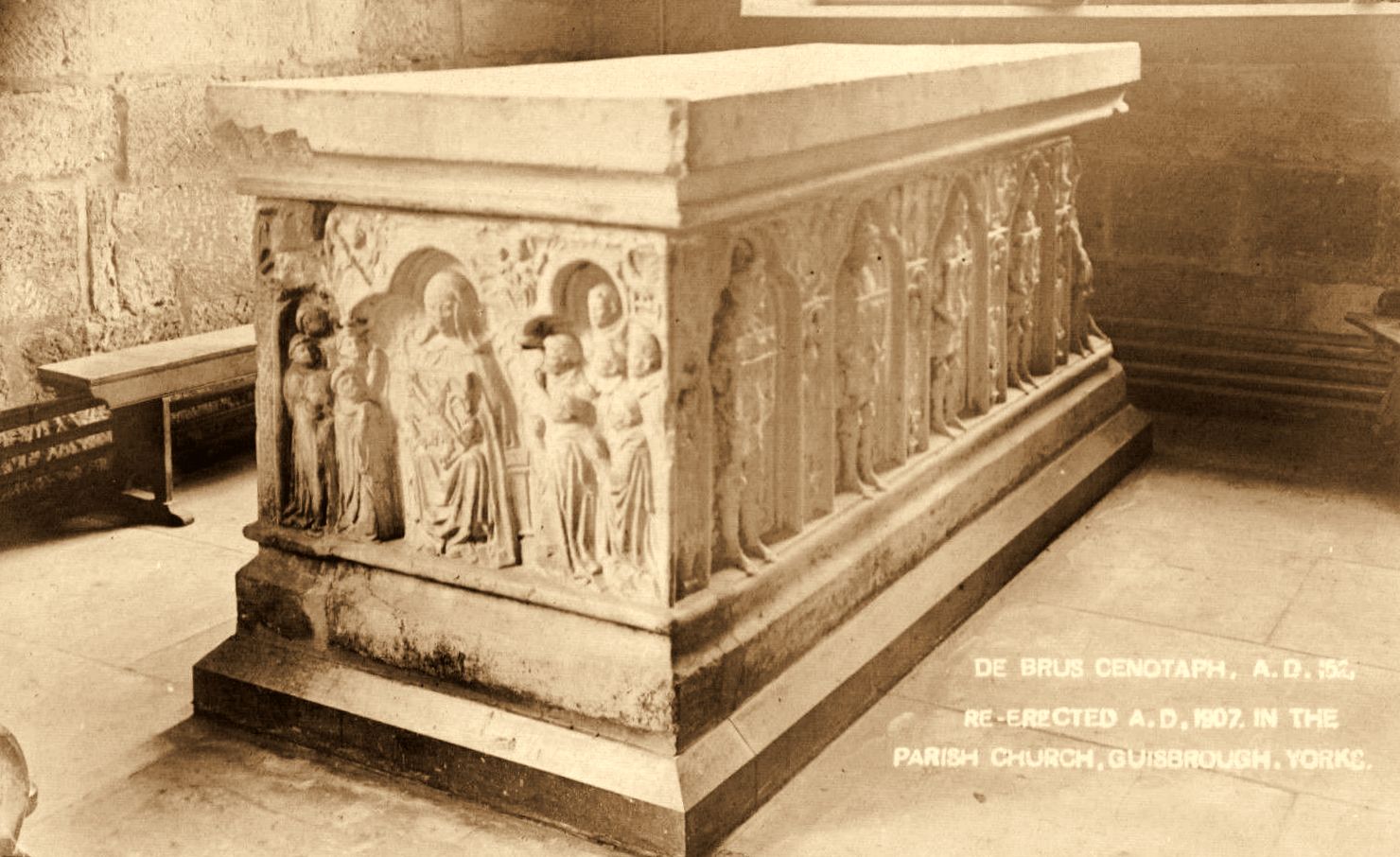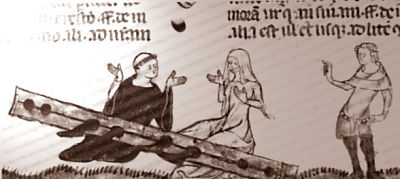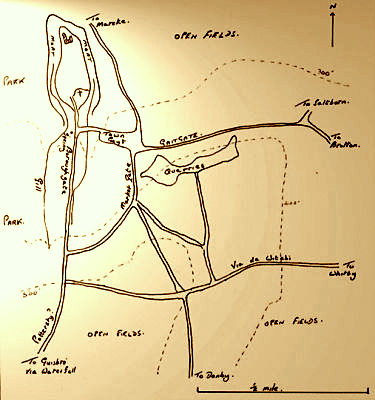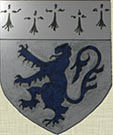 The De Brus Tomb.
The De Brus Tomb.
Created 1521 to commemorate the Skelton and Scots lines of the family.
Once in Guisborough Priory.
From 1907 in Guisborough Parish Church
|
1294
The De Brus family of Annandale had acquired a claim to the Scottish Crown and in 1292 a court of 140 had chosen John Balliol in preference to Robert de Brus, known as the Competitor.
In this year the 'Competitor' died at Lochmaben in Annandale.
He was brought to Skelton Castle to be buried with his ancestors at Guisborough Priory and alongside his father.
The tomb of the De Brus family now resides in Guisborough Parish Church.
Tomb close up 1.
Tomb close up 2.
Tomb close up 3.
Tomb close up 4.
Tomb close up 5.
Tomb close up 6.
Tomb close up 7.
Tomb close up 8.
 The stocks.
The stocks.
| At this time a market was held in Skelton on a Sunday, when the people attended divine worship in the morning and, it is said, were in the habit of quitting church early to conduct their
business and get drunk.
A charter was granted in this year to the Fauconbergs of Skelton Castle to build a gallows, a pillory, stocks and a tumbril.
A Skelton Parish Magazine states that the stocks stood on Cross Green 'within living memory'.
There is a reference in this year to a road called 'Pottersty', which ran along the top of present day Airy Hill.
It has been reckoned that the Skelton estate had some 2000 acres of farmland owned by the Lord of the Manor and worked by 'villeins'.
These were the peasants who held a plot of land from the lord with obligations to work on his.
|
 Map of Skelton area about this time.
Map of Skelton area about this time.
|
1295
John Balliol allied with the king of France and rebelled against Edward I.
The De Brus's of Annandale were driven out of Scotland.
1296
Robert de Bruce of Annandale swore fealty to Edward I, who invaded Scotland and dealt severely with those whom he saw as rebels.
Balliol was taken prisoner to England and Scotland placed under an English overlord.
De Bruce, for acknowledging Edward, recovered Annandale.
1297
William Wallace defeated the English overlord of Scotland at Stirling.
1298
Edward I defeated Wallace at Falkirk.
|
|




